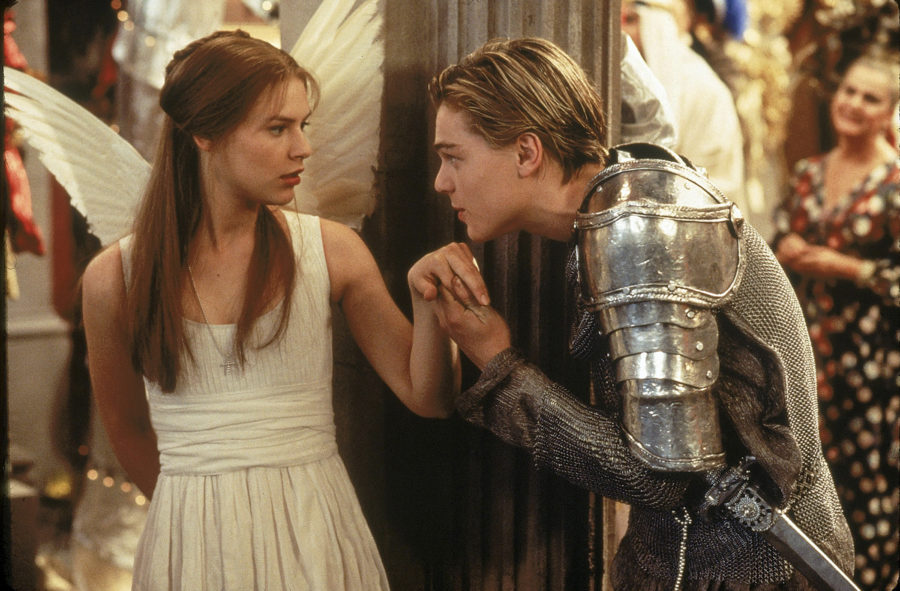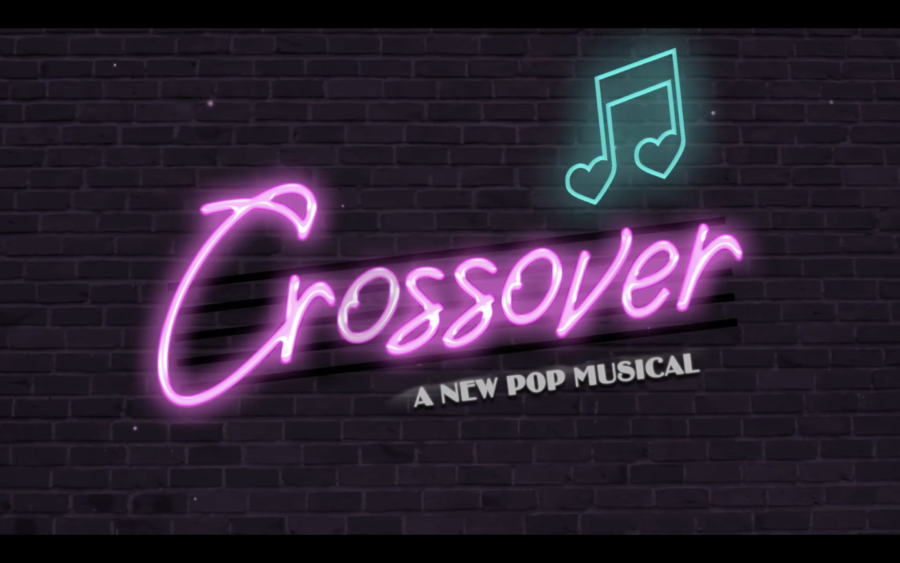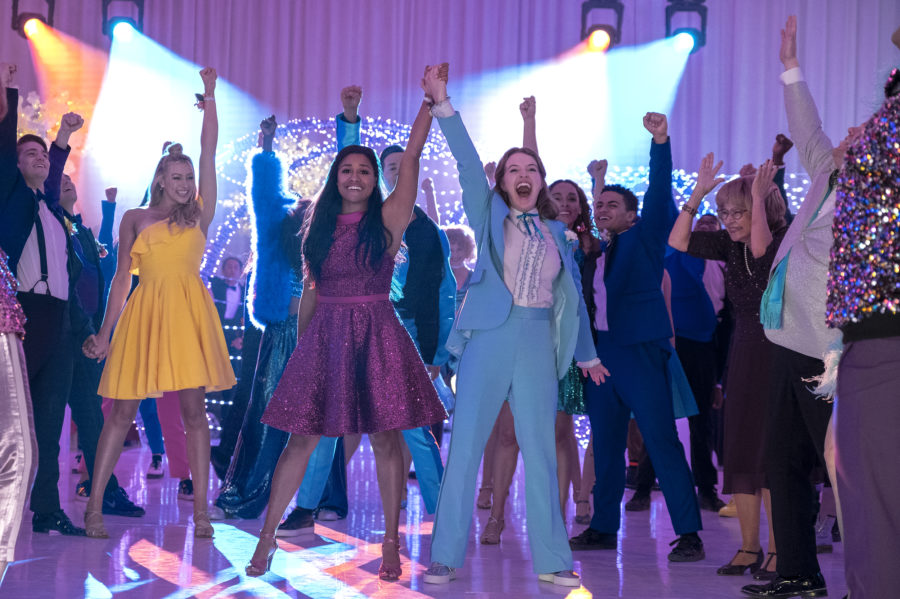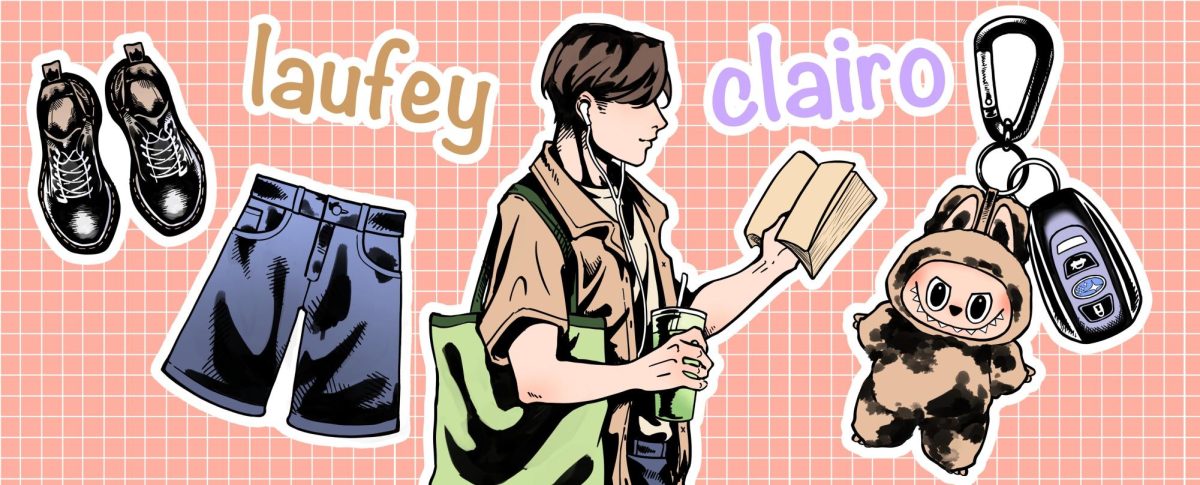By Evelyn Walker, Cappies Critic
With Valentine’s Day just around the corner, people are looking for a nice romantic movie to celebrate. Why not go back to Shakespeare’s classic romantic tragedy, “Romeo and Juliet,” this year? However, there are so many adaptions. How is one to choose? Fortunately, this article will compare three adaptions in the hopes that Shakespeare fans new and old will be able to watch the classic play this Valentine’s Day.
If one is looking for the classic line “but soft, what light through yonder window breaks?” one should look no further than Franco Zeffirelli’s 1968 adaption, starring Leonard Whiting and Olivia Hussey. This version sticks true to the script in almost every regard, save for a few minor cuts. The emphasis on the original setting does not end with the usage of Shakespeare’s original language; the actors also perform traditional dances, and the costumes adhere to traditional period dress. Additionally, music adds to the setting and aids the characters in their adventures. As for the actors, John McEnery, who played Mercutio, stole the show. He was hilarious in his Queen Mab speech, and was overall engaging to watch. Hussey and Whiting played their parts well, putting an emphasis on their monologues, which were clearly meticulously analyzed to evoke strong emotions in moviegoers. The film was well done; however, the two-hour film may be a commitment. Understanding the Shakespeare can be difficult for some, and the Zeffirelli seemed to prioritize the tension between the Capulets and Montagues over the romance.
For those who would rather watch an action movie, Baz Luhrmann’s 1996 interpretation gives grit and relatability to the play. This modern style “Romeo and Juliet” stars Leonardo DiCaprio and Claire Danes. The film sets itself apart from other adaptions with its bright colors and over-the-top fight scenes. Luhrmann trades swords for guns and masquerade balls for costume parties, bringing Shakespeare’s story to the post-modern Verona Beach, where two rival gangs fight for control. The film is accompanied by a catchy soundtrack which adds to the down-to-earth twist on the classic play. Luhrmann did not change much of the original script, and the film is still spoken in the original Shakespeare, but in a setting that may be easier for viewers to understand. The actors also breathe new life into the play: DiCaprio’s tortured take on Romeo is captivating and heart-wrenching, while Danes’s Juliet brings a unique power to a classically powerless character. While Luhrmann’s idea is very creative, the movie can be over-the-top, and the camera switches are quite jarring at some points. Overall, the movie does a great job of bringing “Romeo and Juliet” to a more relatable, compelling place for newer Shakespeare fans.
Fans of the beautiful sets and drama of “Downton Abbey” are sure to enjoy the final adaption examined in this article: Carlo Carlei’s 2013 film, starring Douglas Booth and Hailee Steinfeld. Viewers are sure to say “I ne’er saw true beauty ‘til this night” when they see the gorgeous set of this film. Appearance seems to have been the most important part of this adaption, and it pays off, with beautiful cinematography that takes viewers’ breath away. The beauty does not stop with the set: an incredible soundtrack accompanies the film, especially in the breathtaking masquerade ball scene where Romeo sees Juliet. This version of the play is more fast paced than Zeffirelli’s and takes lines from both the original Shakespeare and “Downton Abbey” writer Julian Fellowes. This mix of old lines and new lines makes the film more accessible to novice Shakespeare readers. Of the three options, this was the most romantic, and Booth and Steinfeld play the doomed lovers with passion and care. While older Shakespeare fans may be frustrated by the fast pace and line cuts, this film is perfect for those who want to get into Shakespeare but find the language daunting.
Which “Romeo and Juliet” adaption is best? It is truly all up to preference. For older Shakespeare fans who would like a more traditional take, Zeffirelli’s is the best bet. For those who are fans of action films and wary of Shakespeare because of its slow pace, Luhrmann’s is a perfect choice. Those looking for a faster pace and easier-to-understand dialogue will find Carlei’s to be the preferred option. This Valentine’s Day, give “Romeo and Juliet” a try: there are enough adaptions out there for everyone to enjoy!
























































































